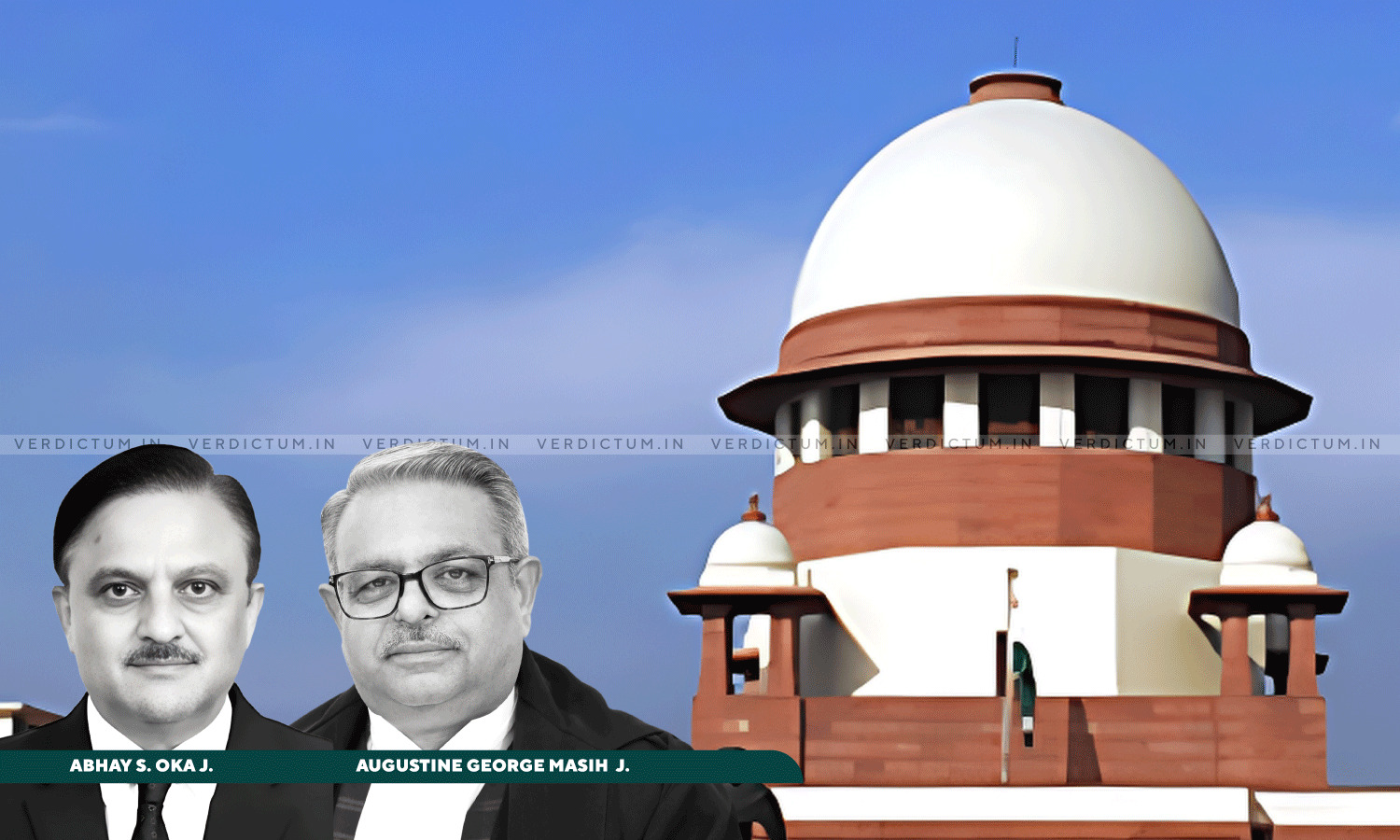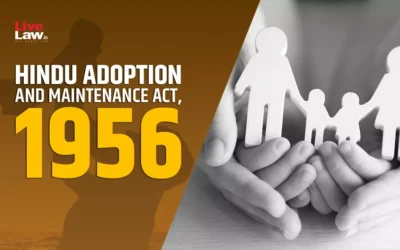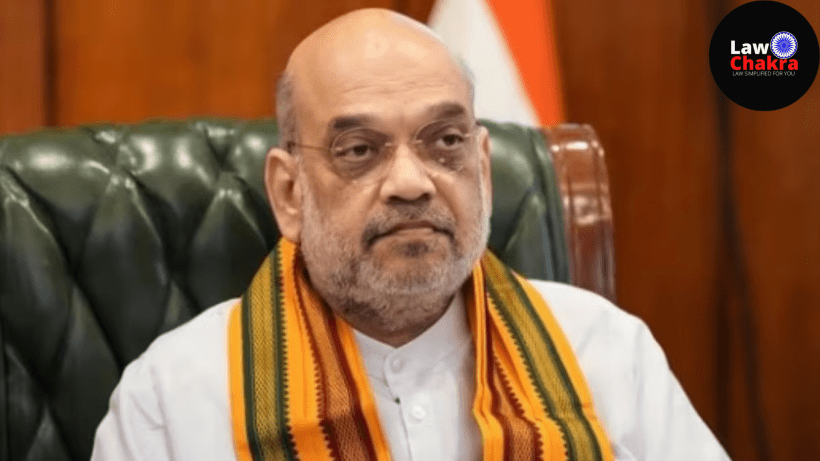SC Dismisses Challenge To Notice Demanding 10% Of Bid Amount

The Supreme Court has held that the State Government is empowered under Section 15A of the Mines and Minerals (Development and Regulation) Act, 1957 to collect funds for the District Mineral Foundation in case of minor minerals. The Apex Court also held that the Demand Notice issued to the bidder requiring him to deposit 10% of the total amount payable for the minor minerals to be extracted was in accordance with Rule 10(2) of the District Mineral Foundation Trust Rules, 2017.
The Supreme Court was considering a batch of appeals challenging the respective Demand Notices issued by the District Magistrate/District Officer to the Appellants demanding 10% of the total bid amount to be deposited with the concerned District Mineral Foundation(s) (DMF).
Referring to Clause (a) and (b) of Section 15(4) of the Mines and Minerals (Development and Regulation) Act, 1957, the Division Bench of Justice Abhay S. Oka and Justice Augustine George Masih said, “A perusal of the above would itself make it clear that Clauses (a) and (b) are to operate within the domain for which they have been incorporated and permitted to function. The said sub-Clauses do not deal with the amount to be charged or deposited in the DMF. This aspect has been dealt with and provided for under Clause (c) of sub-Section (4) of Section 15, which refers to amount of payment to be made by the concession holder in the DMF under Section 15A. Meaning thereby, the State Government has been empowered under Section 15A to determine and fix the amount..”
Factual Background
Chandra Bhan Singh, a successful bidder for mining of minor minerals i.e., sand (Appellant), was allotted a tender. In pursuance to this tender and in consonance with the requirements as has been laid down by the Policy decision, the Appellant was called upon to deposit an amount of Rs 54,12,960 being 10% amount of the deposited title amount of Rs 5,41,29,600 in favor of the District Mineral Foundation Trust, Kanpur (DMF Trust) apart from 2% stamp fee on the same vide a Demand Notice. As per the terms for allotment and the Mining Permit, the Appellant deposited the amount payable for the approved mining quantity at the rate of ₹630 per cubic meter of sand as per his bid, totaling ₹5,41,29,600.
This Demand Notice was challenged by the Appellant before the High Court through a writ petition asserting that the said amount claimed would be contrary to the provisions of Section 9B of the Mines and Minerals (Development and Regulation) Act, 1957, which required deposit of the amount as per the royalty fixed in Second Schedule of the Act. The said challenge before the High Court failed vide the impugned judgment, leading to the filing of the present appeal.
Reasoning
Referring to Section 14, the Bench noted that Sections 5 to 13 of the 1957 Act would not apply to the present case, as the mineral which was sought to be mined was a minor mineral i.e., sand. “The plea, therefore of the Appellant based on Section 9B(5) is misplaced and thus, unacceptable”, the Bench said.
The Bench explained that the applicability and the effect of Section 9B (2) and (3) is limited to the extent as has been mentioned in Clause (a) and (b) of sub-Section (4) of Section 15. The said sub-Clauses do not deal with the amount to be charged or deposited in the DMF. The Bench also mentioned that the State Government has been empowered under Section 15A to determine and fix the amount.
“The empowerment being there under the Statute conferred on the State to determine the amount and the fixation thereof for minor minerals cannot be faulted with. The impugned Demand Notice thus being in consonance with the Statutory provisions cannot be said to be illegal or unsustainable”, it held.
As per Rule 10(2), apart from the royalty, an amount of 10% of the royalty is payable to the DMF Trust of the district in the absence of any prescribed amount by the State Government. However, in case an amount is prescribed by the State Government, then the said rate or amount would prevail and be payable at the end of the holder of the mineral concession or permit. “The Demand Notice dated 25.10.2017 issued to the Appellant requiring him to deposit 10% of the title amount i.e. the total amount payable for the minor minerals to be extracted was under and in accordance with the statutory Rules i.e., Rule 10(2) of the 2017 Rules”, it held.
As regards the applicability of Rules 21 and 54 of the 1963 Rules, which were pressed into service by the Appellant to support his claim, the Bench held that the same would not cut any ice in the light of Rule 23(3) of the 1963 Rules. Rule 23 says that on the declaration of the area or areas under sub-rule (1), the provisions of chapters II, III and VI of these rules shall not apply to the area or areas in respect of which the declaration has been issued.
The Bench made it clear that in case e-tender process is being followed, Chapter II, III and VI of these Rules would not apply. Rule 21 falls in Chapter III, whereas Rule 54 falls in Chapter VI, and, therefore, the said Rules would not be operative, rather not available to be used. Thus, the Bench dismisses the appeals.
Cause Title: Chandra Bhan Singh v. State of Uttar Pradesh & Others (Neutral Citation: 2025 INSC 763)





